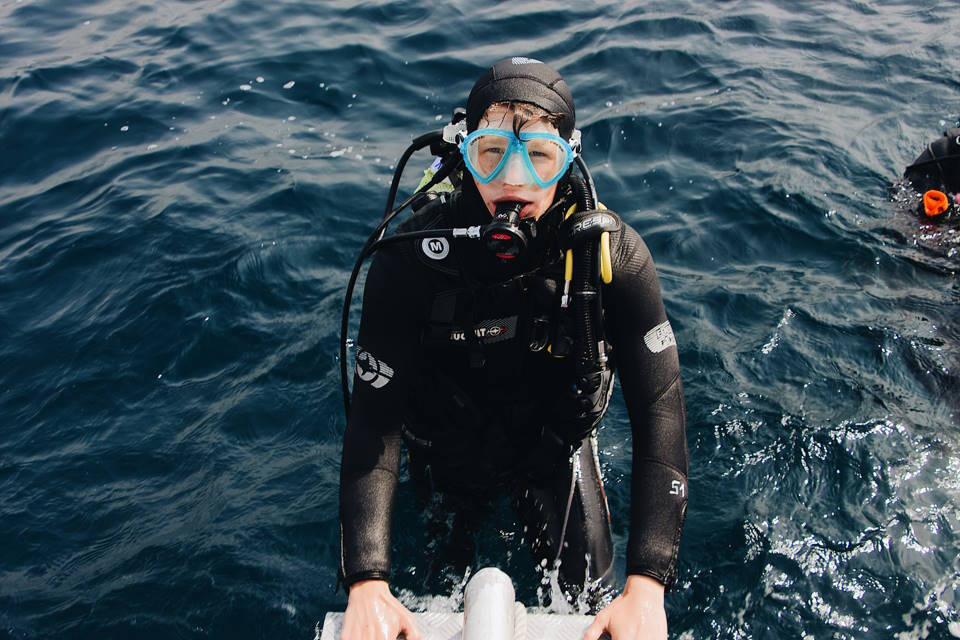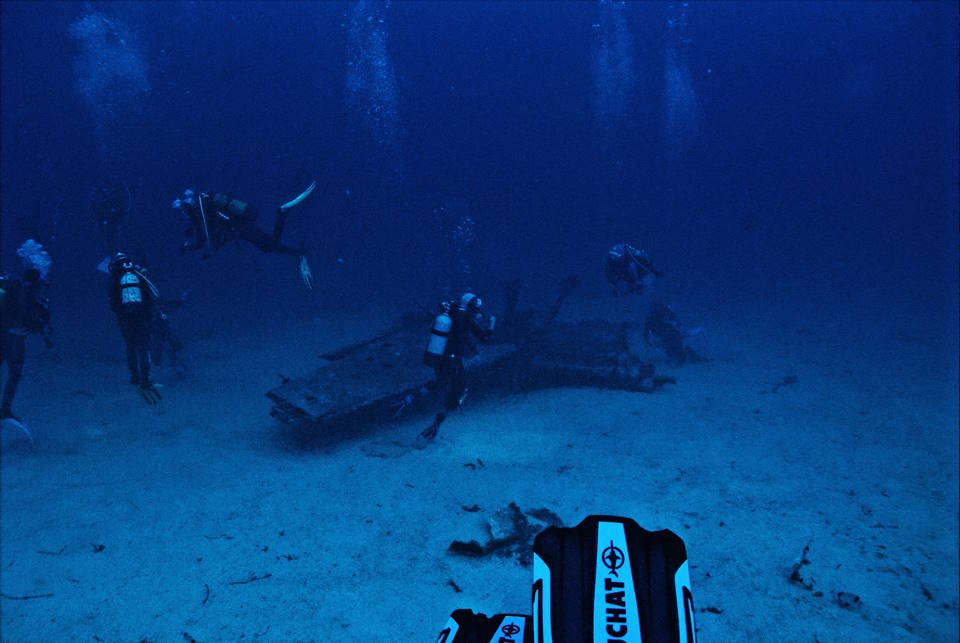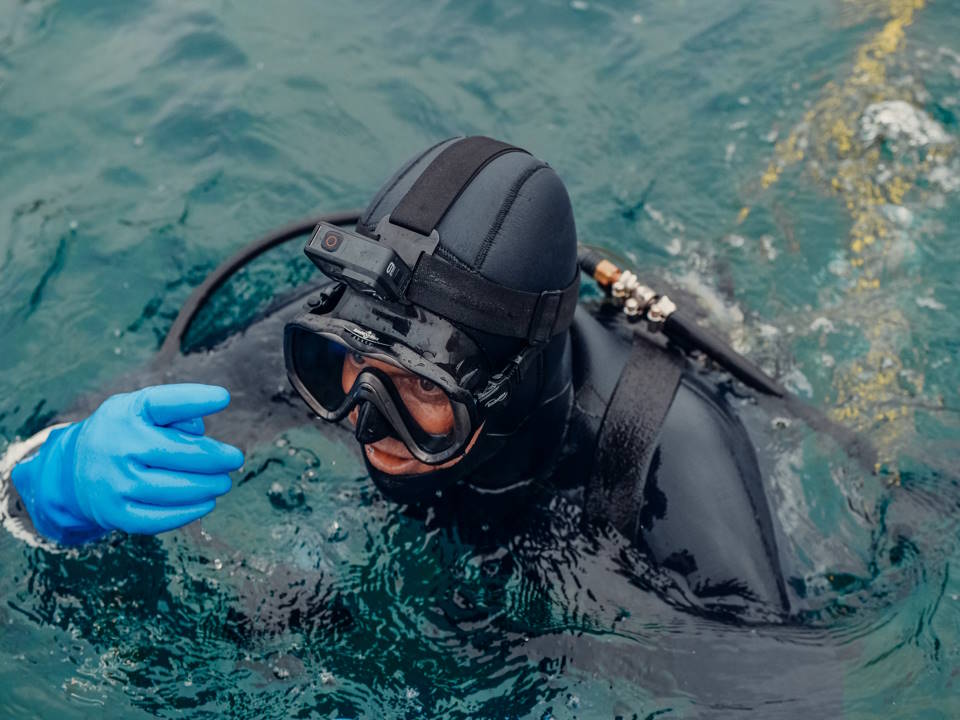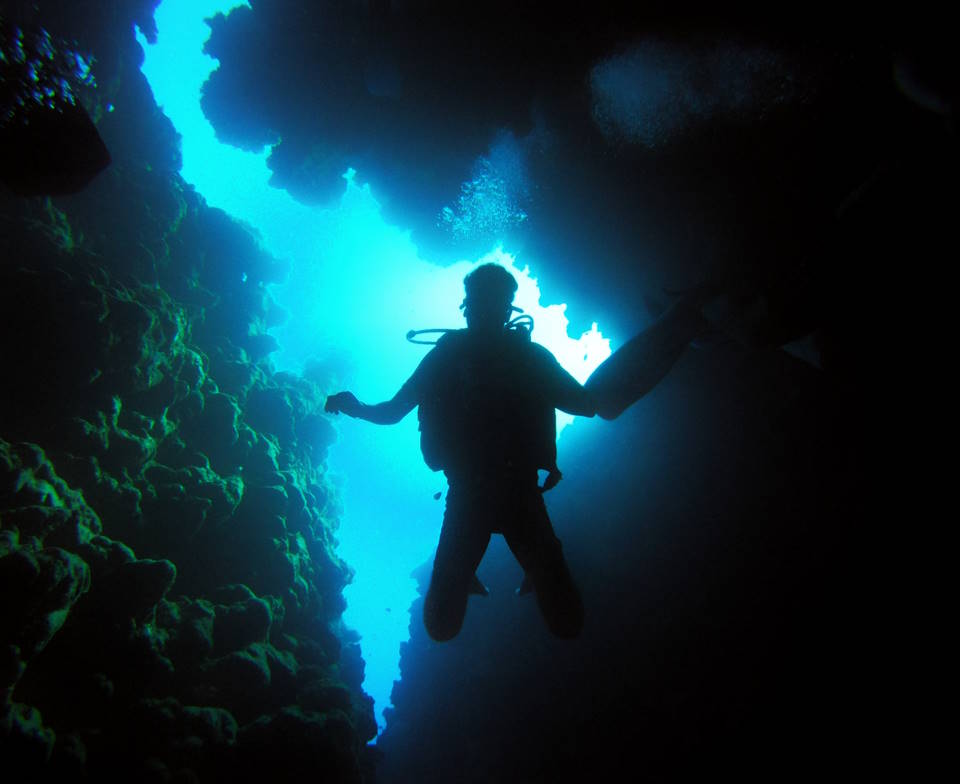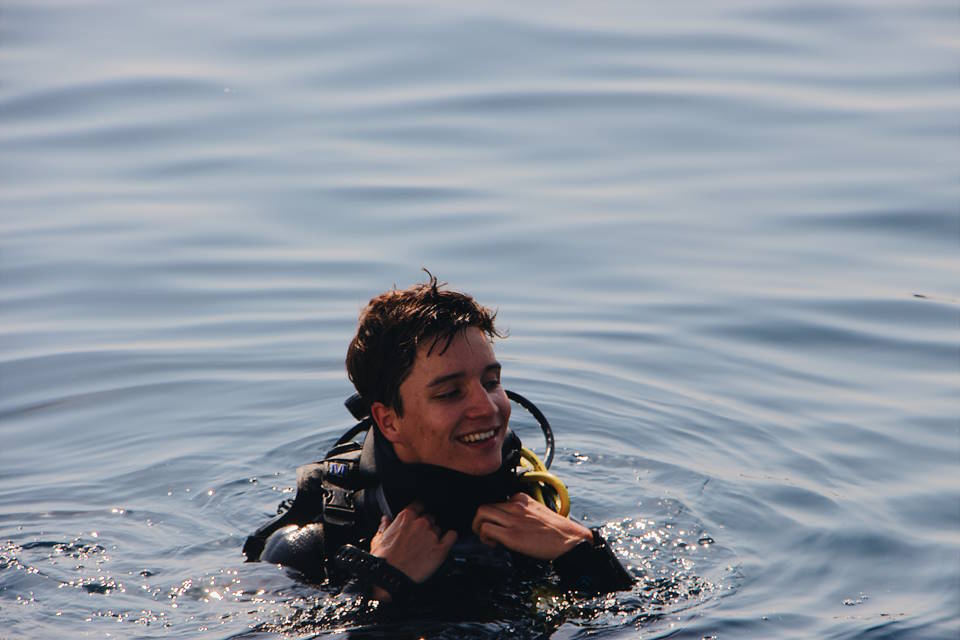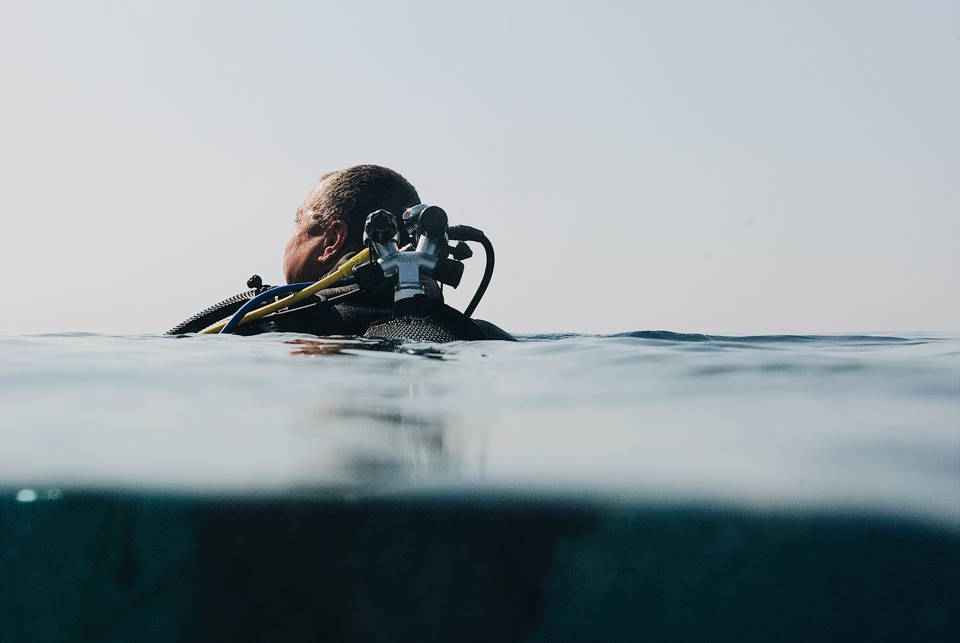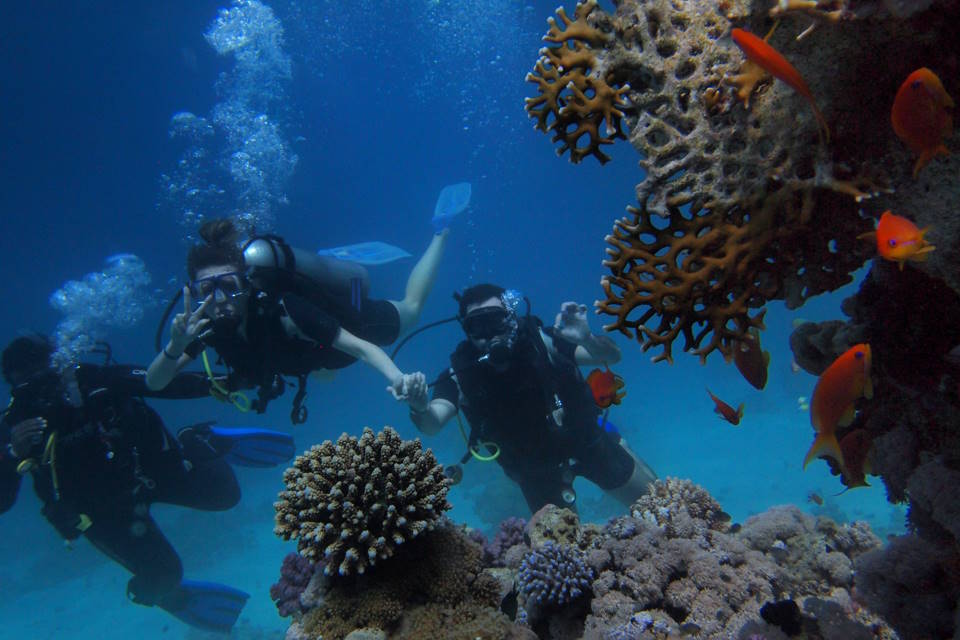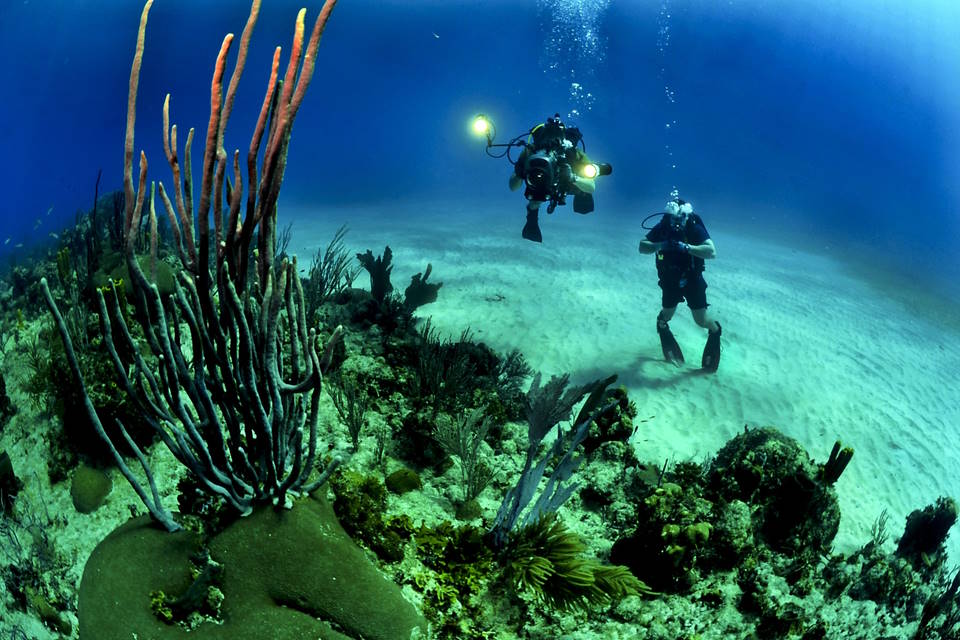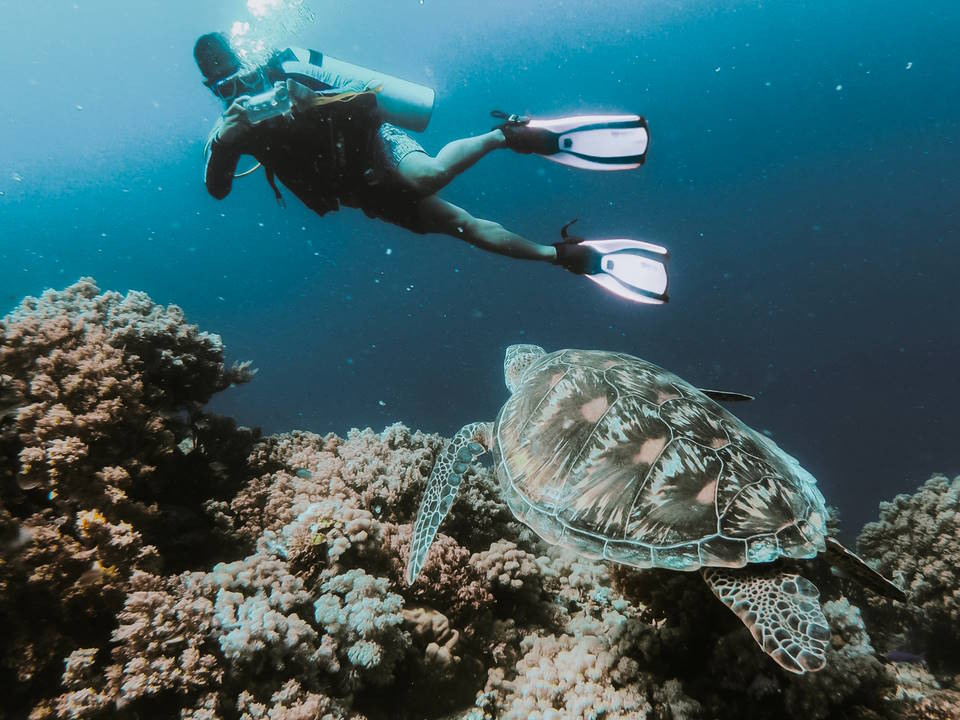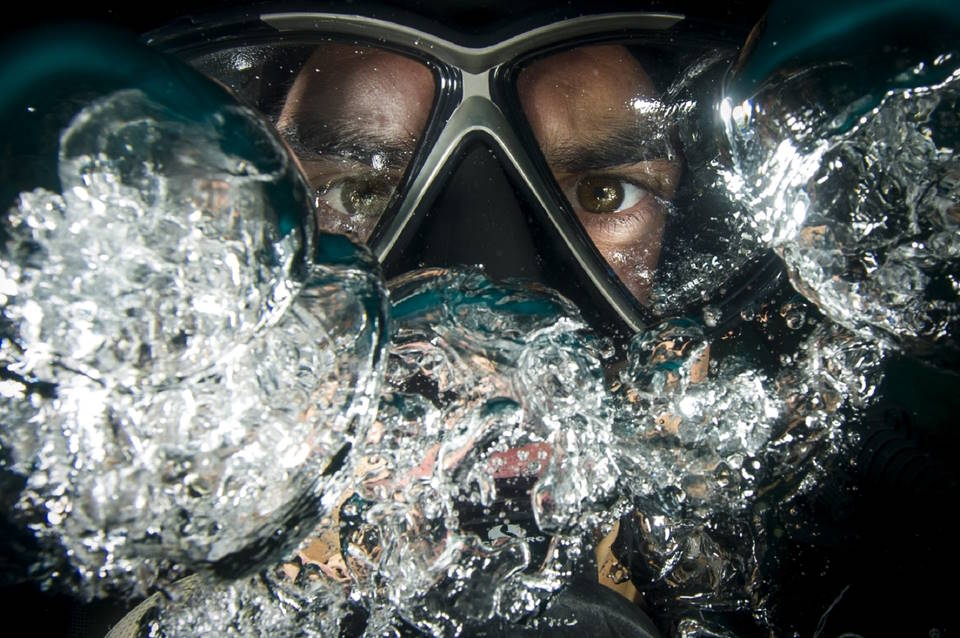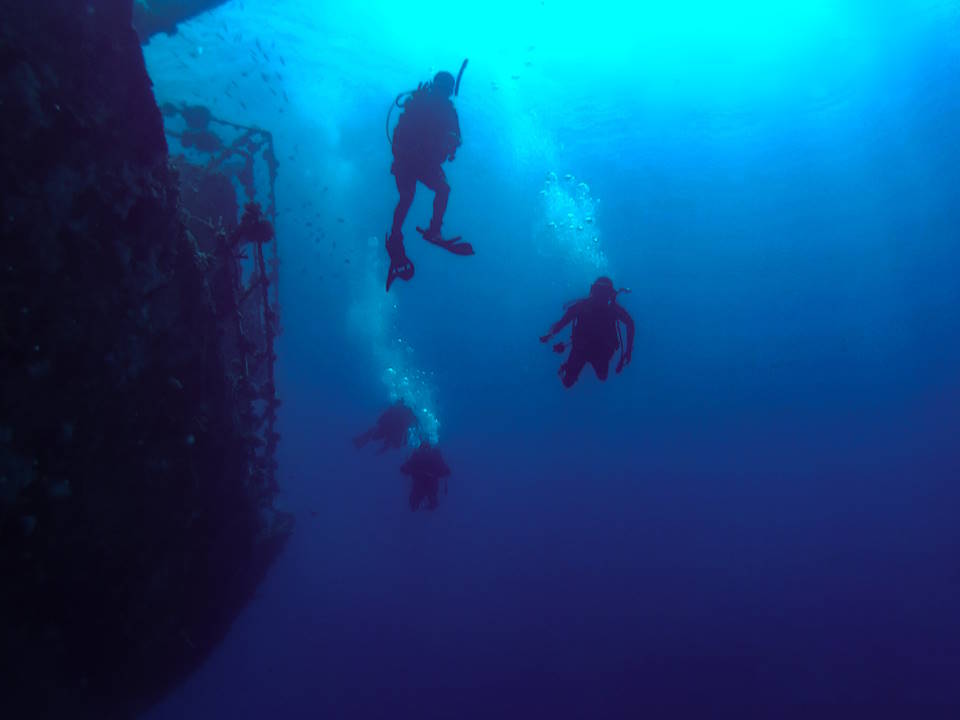Scuba diving is an exhilarating activity that allows individuals to explore the wonders of the underwater world. However, it also comes with its own set of dangers, including the bends. The bends, also known as decompression sickness, can cause serious harm to divers if not properly prevented and treated. We will dive into the causes, symptoms, and severity of the bends, as well as ways to avoid and recover from it. So if you’re a diver or interested in starting this incredible hobby, keep reading to learn more about the potential dangers of diving and how to stay safe.
Introduction
Scuba diving is an exciting activity that allows you to explore the underwater world, but it can also be risky. One of the risks that divers face is decompression sickness, also known as the bends. Decompression sickness occurs when a diver ascends too quickly and the nitrogen bubbles that have formed in their body tissues due to the increased pressure during the dive are not given enough time to dissolve slowly.
The bends can cause a range of symptoms such as joint pain, fatigue, dizziness, and shortness of breath. In severe cases, it can lead to paralysis, stroke, or even death. It’s important to note that not all divers who experience the bends have the same symptoms, and the severity may vary depending on factors such as the depth of the dive and the length of time spent underwater.
Symptoms of the bends:
- Pain in the joints and muscles
- Numbness or tingling sensations
- Fatigue and weakness
- Skin rash or itchiness
- Dizziness or vertigo
- Shortness of breath
If you suspect that you or someone else is experiencing the bends, it’s important to seek medical attention immediately. The treatment for the bends typically involves administering oxygen therapy and placing the affected individual inside a hyperbaric chamber where they will be exposed to pressurized air. This helps to reduce the size of the nitrogen bubbles and allow them to dissolve slowly.
It’s always better to prevent the bends by following safe diving practices such as avoiding rapid ascents, taking mandatory safety stops during the dive, and using dive tables or dive computers to monitor your depth and time underwater. With these precautions, you can reduce the risk of developing decompression sickness and enjoy a safe and enjoyable diving experience.
What Causes the Bends in Scuba Divers?
The “bends” or decompression sickness is a serious and often life-threatening condition that can affect scuba divers. It occurs when dissolved gases, mainly nitrogen, form bubbles in the bloodstream as a result of a rapid decrease in pressure during ascent. This can cause various symptoms such as joint pain, fatigue, dizziness, or even paralysis and unconsciousness.
So, what exactly causes the bends in scuba divers? The main culprit is the nitrogen that is absorbed into the body tissues during a dive. As a diver descends, the pressure increases, causing the nitrogen to dissolve and be retained by the tissues. When the diver ascends too quickly, the pressure decreases and the nitrogen comes out of solution, forming bubbles in the tissues and bloodstream.
- Factors that can increase the risk of decompression sickness include:
- Depth and duration of the dive
- Rapid ascent or repeatedly ascending and descending on a dive
- Cold water or immersion in a high-pressure environment
- Poor physical fitness or health
Moreover, there are different types of decompression sickness, depending on the severity of the symptoms and the affected body parts. Type I involves musculoskeletal pain, skin rashes, and mild neurological symptoms. Type II is more serious and affects the lungs, heart, and brain, leading to breathing difficulties, chest pain, confusion, and even death.
| Type of Decompression Sickness | Symptoms | Treatment |
|---|---|---|
| Type I | Musculoskeletal pain, skin rashes, fatigue, dizziness | Recompression therapy (hyperbaric oxygen therapy) |
| Type II | Breathing difficulties, chest pain, confusion, paralysis, unconsciousness | Immediate emergency treatment (hyperbaric oxygen therapy, CPR) |
Therefore, it is important for scuba divers to be aware of the risk factors and symptoms of decompression sickness, and to follow safe diving practices, such as:
- Limiting the depth and duration of the dive to avoid excessive nitrogen accumulation
- Taking mandatory decompression stops during ascent to allow the body to release the nitrogen gradually
- Using proper diving equipment, including dive computers and depth gauges
- Adhering to the buddy system and diving with a qualified partner
- Getting regular medical checkups and not diving with a pre-existing medical condition that can increase the risk of decompression sickness
By understanding what causes the bends and how to prevent it, scuba divers can enjoy a safe and enjoyable diving experience without putting their health at risk.
What Happens During Bends?
The bends or decompression sickness is a serious medical condition that a scuba diver may experience if they come up to the surface of the water too quickly. It occurs when the body’s tissues absorb nitrogen gas and form bubbles, causing pain in the joints and muscles, and even posing a threat to the nervous system, lungs or brain.
As a diver descends into deeper waters, the atmospheric pressure increases, and so does the partial pressure of gases such as nitrogen and oxygen. While the oxygen is used by the body, the nitrogen gets dissolved into the bloodstream and eventually becomes saturated. Once the diver ascends, the pressure decreases, which causes the nitrogen gas to come out of the solution and form bubbles that obstruct blood flow, resulting in local pain and damage to the tissues.
What happens during the bends is that the bubbles formed in the bloodstream may affect various parts of the body, and consequently, the symptoms may manifest differently. The most common signs include fatigue, muscle pain, tingling sensation, numbness, joint pain, and dizziness. The severity of the bends depends on various factors, such as the depth of the dive, the duration of the dive, the rate and number of ascents, and the individual’s susceptibility to the disease.
- Headaches, nausea, and vomiting
- Shortness of breath and chest pain
- Visual and auditory disturbances
- Muscle paralysis or weakness
The symptoms of the bends can appear immediately after the dive or may take hours or even days to develop. Therefore, it is essential for divers to be aware of their bodies and report any symptoms to seek immediate medical attention. The treatment for decompression sickness involves administering oxygen, rehydration, and recompression in a hyperbaric chamber to allow the nitrogen bubbles to dissolve slowly and safely.
Besides that, divers can take several measures to decrease the risk of the bends. These include diving within the limits of their training and experience, following a dive plan, allowing sufficient time for decompression stops, and monitoring their ascent rate. After all, prevention is better than cure, and avoiding the bends altogether can save divers from a painful and potentially life-threatening medical condition.
How Do You Tell if You Have the Bends?
Scuba diving is an incredibly exhilarating activity, allowing you to explore the deep, blue ocean and observe fascinating sea creatures that you wouldn’t normally encounter in your everyday life. However, with such an exciting hobby comes potential risks, including the bends, also known as decompression sickness.
The bends occurs when a scuba diver surfaces too quickly, causing nitrogen bubbles to form in their body tissues. These bubbles can then cause a range of symptoms, varying in severity. But how do you tell if you have the bends?
The symptoms of the bends can range from mild to severe, with some divers experiencing more subtle symptoms compared to others. Some common symptoms include joint pain, numbness or tingling, dizziness or vertigo, fatigue, and skin rash. If you experience any of these symptoms after a dive, it’s important to seek medical attention immediately.
- If you have mild symptoms, it’s likely that you have type 1 decompression sickness. This type of the bends typically presents with joint pain and skin rashes, which can easily be mistaken for a sunburn or minor injury.
- If you have more severe symptoms, you may have type 2 decompression sickness. Symptoms of this type include dizziness, vertigo, and numbness, which may be cause for more immediate concern.
If you suspect that you have the bends, it’s important to seek medical attention as soon as possible. Treatment for the bends typically involves re-compression, which involves returning the body to its original dive depths and slowly reducing pressure to allow the nitrogen bubbles to dissolve into the body over time. As a precaution, always remember to follow safe diving practices to reduce the risk of developing the bends, such as taking regular breaks, staying within dive limits, and ascending slowly.
How Serious Is the Bends?
Scuba diving is an enjoyable and exciting sport. However, it is not without its risks. One of the most dangerous aspects of scuba diving is decompression sickness or the bends. Decompression sickness is a condition that occurs when a diver ascends too quickly from a dive, and the dissolved gases in the body tissues come out of solution forming bubbles.
- The severity of the bends:
The severity of the bends varies from mild to life-threatening. The milder form of decompression sickness usually manifests with joint pain, skin rashes, and fatigue. At times, decompression sickness can cause severe neurological symptoms taking the form of paralysis, seizures, and coma. Severe cases may rapidly become fatal.
- Factors that affect the seriousness of the bends:
The seriousness of decompression illness is affected by several factors such as the depth of the dive, the duration of the dive, the diver’s age and health, and their prior history of decompression sickness. Divers who are overweight or obese are at a higher risk of developing decompression sickness than those with normal body weight. Therefore, it is crucial to monitor the dive time and depth and follow the rules of dive tables and decompression schedules.
| Severity of the bends | Symptoms |
|---|---|
| Mild | Joint pain, skin rashes, and fatigue |
| Moderate | Shortness of breath, dizziness, confusion, and numbness |
| Severe | Paralysis, seizures, and coma |
Can You Recover From the Bends?
The Bends, also known as decompression sickness, is a condition that scuba divers suffer from if they ascend too quickly from a dive. This condition arises when the dissolved gases, nitrogen and oxygen, in the diver’s bloodstream expand and form bubbles. These bubbles harm the tissues and organs around them, causing severe pain and other life-threatening symptoms.
If a diver experiences the symptoms of the Bends, they are in immediate need of medical attention. The most common symptoms include joint pain, dizziness, skin rashes, fatigue, and shortness of breath. In severe cases, the victim may experience paralysis, seizures, and even death.
Recovering from the Bends is possible, but it requires immediate medical attention. The treatment of the Bends involves repressurization in a hyperbaric chamber, which is a chamber that simulates the deep underwater pressure. The patient is subjected to high-pressure conditions, which help to reduce the size of the bubbles formed in the body. This process helps prevent further damage and expel the nitrogen from the body.
- While the treatment for the Bends may sound straightforward, it’s essential to note that not everyone will recover from it fully. Some people may have long-lasting effects, such as joint pain or other neurological complications.
- Prevention is key when it comes to avoiding the Bends. Divers should carefully monitor their ascent rate and allow for decompression stops on the way back up to the surface. Divers should also avoid diving if they are fatigued or feeling ill, as this can exacerbate the condition.
How Do Divers Avoid the Bends?
Scuba diving is an exciting and fun activity. However, it can be dangerous if the rules and safety guidelines are not followed. One of the most serious risks of scuba diving is decompression sickness, commonly known as the bends. The bends occur when dissolved gases (especially nitrogen) form bubbles in the body’s tissues and blood vessels, causing pain and sometimes serious harm. One way to avoid the bends is to follow proper dive procedures and techniques.
Firstly, divers can avoid the bends by diving within their limits. This means diving at the appropriate depth and not staying underwater for too long. The deeper a diver goes, the more nitrogen they absorb, and the more time they spend underwater, the longer it takes for the body to eliminate nitrogen. Thus, proper planning and following diving tables can help prevent nitrogen buildup and minimize the risk of the bends.
- Another way to avoid the bends is to ascend slowly and in stages, also known as decompression stops. This allows the body to eliminate excess nitrogen and prevents the formation of bubbles. Divers who ascend too quickly or skip decompression stops are at a high risk of developing decompression sickness, including the bends.
- It is also important to maintain proper buoyancy and avoid sudden changes in depth. Rapid ascents or descents can cause nitrogen bubbles to form and increase the risk of the bends. Divers should control their ascent and descent rates, breath normally and avoid holding their breath.
Furthermore, staying hydrated before, during and after a dive can help prevent the bends. Water can help flush out excess nitrogen from the body, which reduces the likelihood of developing decompression sickness. Adequate hydration can also help reduce the risk of oxygen toxicity and other diving-related health issues.
| Actions to avoid the bends: | Actions to take if the bends are suspected: |
|---|---|
| • Dive within your limits | • Administer oxygen immediately |
| • Ascend slowly and in stages | • Seek emergency medical treatment |
| • Maintain proper buoyancy | • Keep the diver warm and comfortable |
| • Stay hydrated before, during, and after a dive | • Do not give the diver anything to eat or drink |
Finally, proper training and education can help divers understand the risks and techniques to avoid the bends. Diving certification courses cover decompression sickness and the importance of following proper diving procedures. By learning how to dive safely and responsibly, divers can reduce the risk of injuries and health issues, such as the bends.
In conclusion, avoiding the bends in scuba diving requires a combination of proper techniques, safety guidelines, and education. Divers who follow these guidelines can enjoy the wonders of the underwater world without putting their health and safety at risk.

